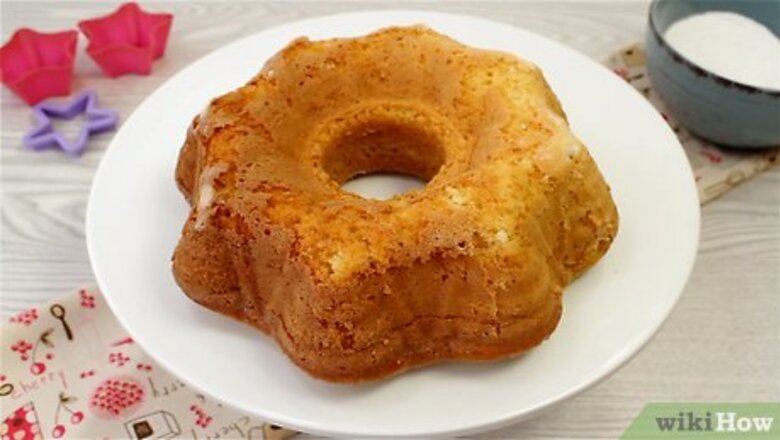
views
Basic Icing Technique

Set the cake on a platter. It's best to ice the cake on the same dish you plan to use to serve it, since after the cake has been iced it will be difficult to transport it to a different plate.

Allow the cake to cool completely. If you try to ice the cake before it's cool, the icing may melt, ruining the texture. Let it sit at room temperature until you don't feel warmth when you touch it with your finger.

Place some confectioner's sugar in a bowl. For a cake that is 9 inches (22.9 cm) in diameter, you will need a cup or so of confectioner's sugar. You can always mix up more if you need it. Do not use granulated sugar, as it is not fine enough, and will result in a grainy-textured icing. Other sugars, such as brown sugar, are also not acceptable to use in icing.
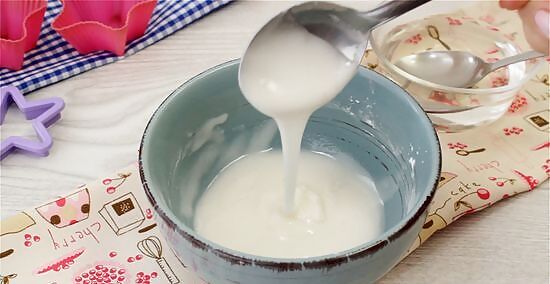
Boil a cup of water. Pour a teaspoon of boiling water over the sugar, and stir the water with the sugar until it reaches a smooth, spreadable consistency. If you find the icing too thick or lumpy after the first teaspoon of water has been stirred in, add another teaspoon of water. Keep stirring and adding tiny amounts of water till you get the right consistency. If you add too much water and the icing becomes runny, add more confectioner's sugar. If it's too thick, add more water.

Add color and flavor. If you wish to customize your icing to a certain color or flavor, add a few drops of food coloring and flavoring. Stir them in thoroughly, and continue adding color and flavor until the icing has reached the color and taste that you desire. Vanilla, almond, hazelnut, peppermint, and other flavored extracts are popular choices. These can be purchased at many grocery stores, and even large selections are offered at baking stores. Be careful not to add too much, since a little color and flavor go a long way. Add two or three drops, stir it in, and taste and look at before you decide to add more.
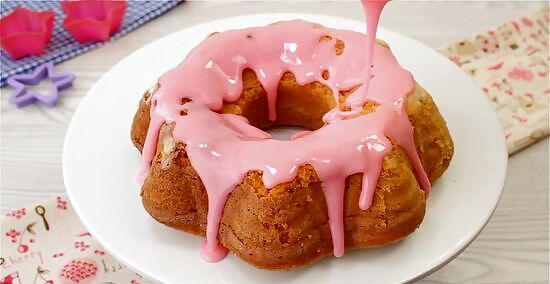
Spread the icing on the cake. Use a spoon to place some icing on the top of the cake. Spread it evenly with a butter knife, using the same motion you'd use to spread butter onto a piece of bread. Remember to spread icing on the sides of the cake, as well as the top. Create a smoother layer of icing by dipping the knife into warm water, shaking off the excess drops, and using it smooth out the icing.
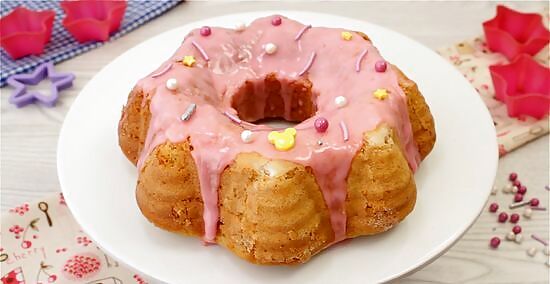
Decorate the cake. Add sprinkles, marzipan models, plastic characters, birthday candles and so on. Baking supply stores offer endless possibilities.

Let it set. Put the cake in the fridge to give the icing time to completely set. After half an hour, it will be ready to eat.
Layer Cake Icing Technique

Bake two cake layers of the same size. You may choose round or square cakes, but it's important that the dimensions be exactly the same. Allow the cakes to cool completely.
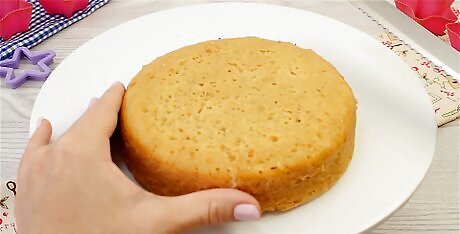
Turn one cake onto a platter. Since the cake will be unwieldy once it is layered and iced, it's best to use the same plate on which you plan to serve the cake.
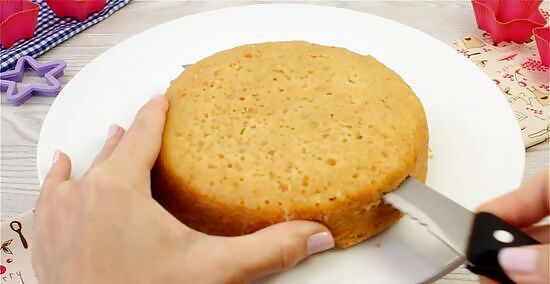
Use a long serrated knife to trim off the rounded top of the cake. Hold the knife parallel to the brim of the cake and slice about ⁄4 inch (0.6 cm) off the top. Be careful to slice straight across, holding the knife level as you go. Try to create a flat, even surface. This will serve as a base for the second layer. Remove the rounded top of the cake and discard it, or save it to eat. Don't attempt to cut off the top of the cake with a small knife, as this will result in an uneven surface.

Cover the cake layer with filling. Spoon the filling of your choice onto the bottom layer of the cake. Use the spoon or a knife to spread it around until it covers the entire layer. Raspberry, lemon curd, cream, or chocolate are popular cake fillings. Try not to let the filling drip over the edges, since you don't want it to mix with the icing.
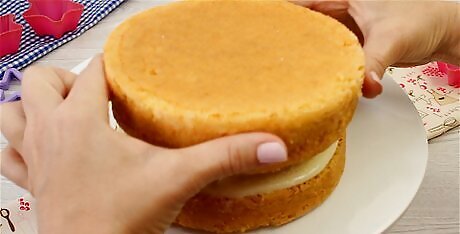
Place the second layer of the cake on top of the first. The flat side of the second layer should be down, and the rounded side should be the top of the cake. If you want the finished cake to have a flat surface instead of a domed one, repeat the process of slicing off the rounded top of the second layer with a serrated knife. Place the cut side down, so that the smooth, flat bottom of the second layer forms the top of the cake. Use a paper towel to wipe away filling that squeezes out when you add the second layer.
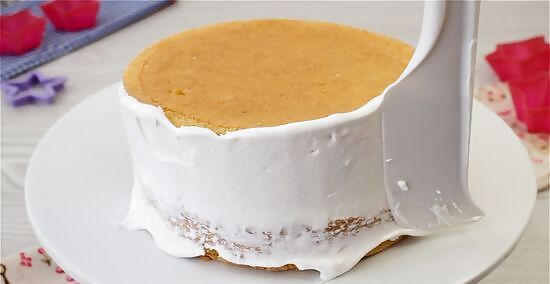
Ice the cake with a crumb coat. For a professional-looking cake, you'll be adding two layers of icing, starting with a "crumb coat" that serves as a base to catch all the crumbs, so the second layer looks clean and crumb-free. Use the recipe above or your own icing recipe to ice the cake with a butter knife. The crumb coat needn't have flavor or color, unless you'd like it to. You can use plain white icing. Be sure to ice the entire cake, including the sides. Take care not to get too much filling mixed in with the icing. It's OK if the crumb coat doesn't look perfect - the point is simply to cover the entire cake and trap in the crumbs. Allow the crumb coat to set for half an hour before continuing.
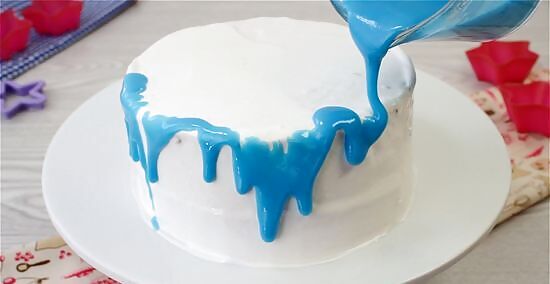
Ice the cake with a final layer of icing. Using the recipe above or your own icing recipe, ice the cake once more with a final pretty layer. If desired, add flavor and color to the batch of icing you use for the final layer. Decorate the cake with cut fruit, flowers, or other toppings, then allow it to set before eating.

Finished.




















Comments
0 comment